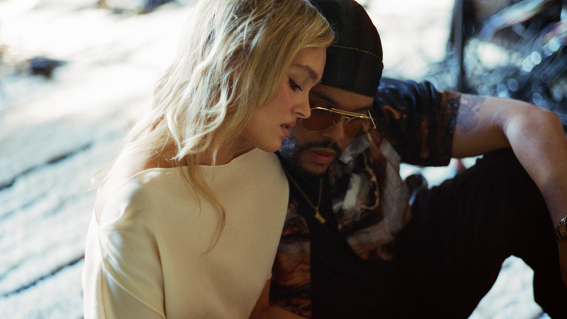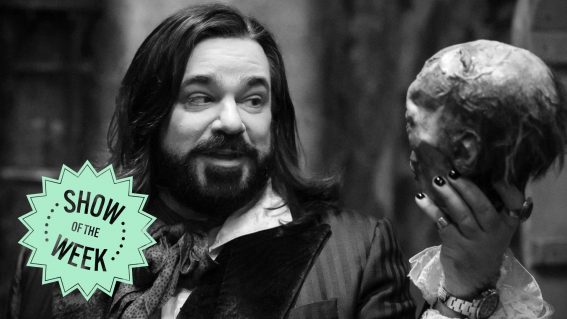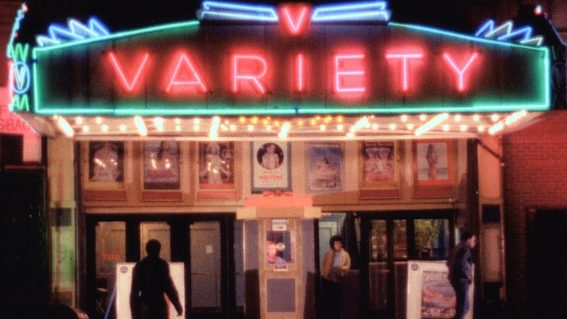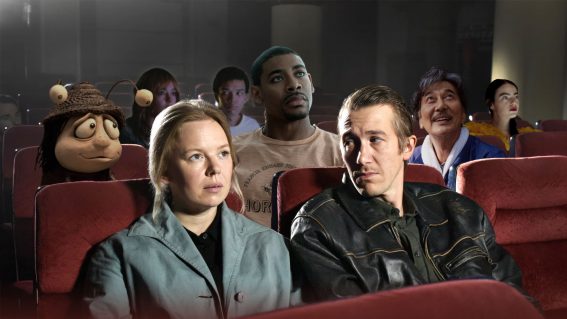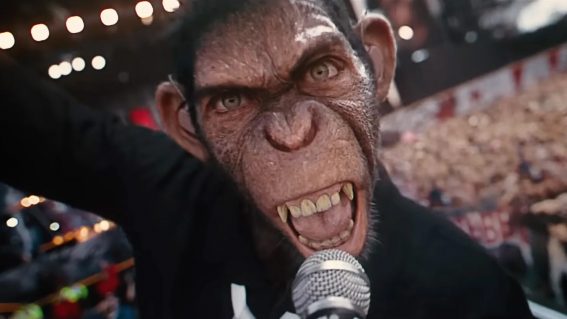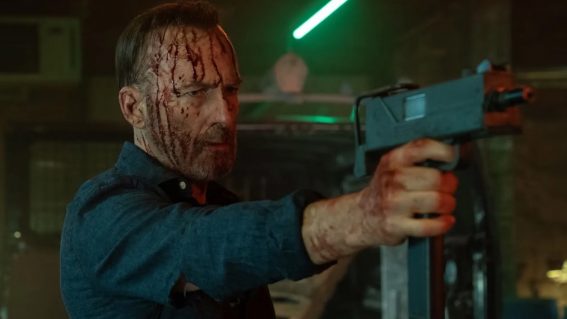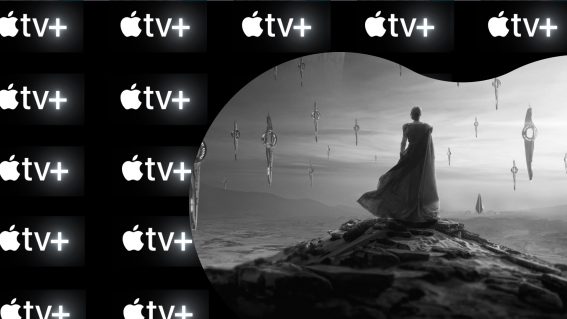Steven Soderbergh’s stylish new crime series really loves its circle metaphors
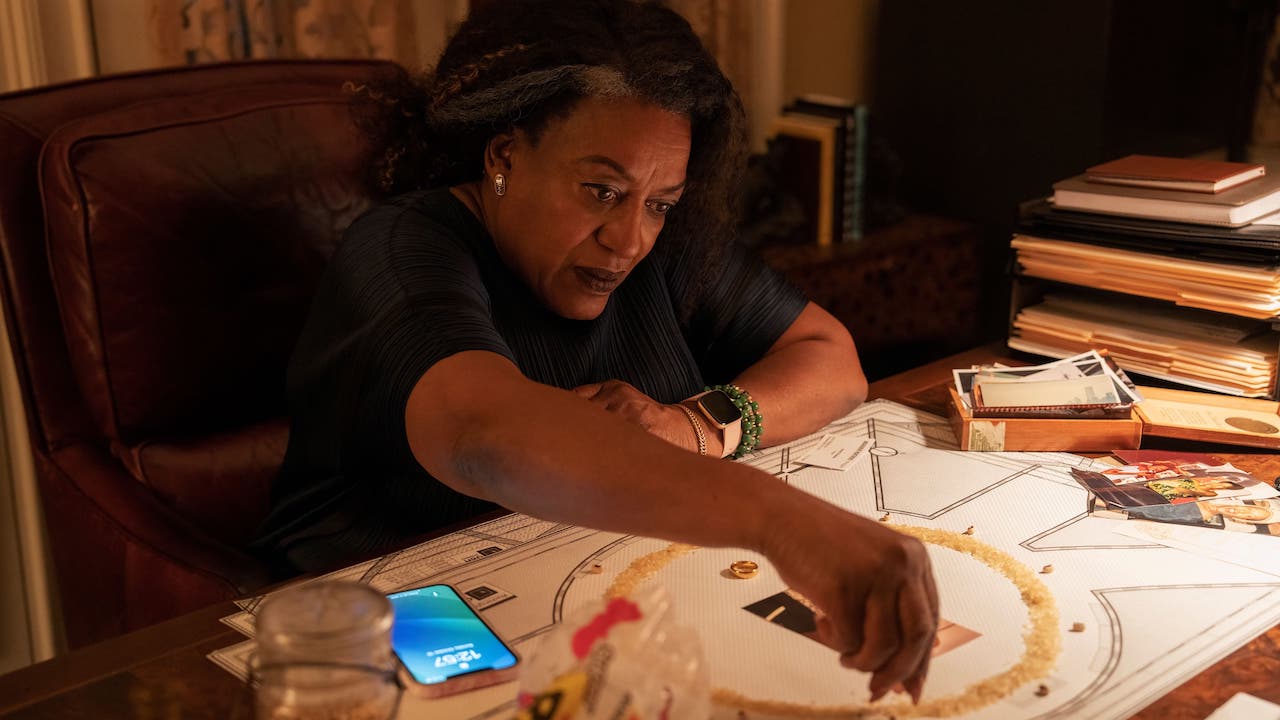
Now streaming, HBO’s Full Circle is a tad heavy-handed in making its title literal. Luke Buckmaster doesn’t mind, though, saying the crime-drama’s fave metaphor “amazingly…doesn’t feel like overkill”.
Steven Soderbergh’s new TV series has an interestingly circular energy—swinging around, looping back on itself, revealing key details circuitously. It’s smoother than a mosaic and doesn’t have the sharp edges of a jigsaw. The shape of the drama is spelled out by the second word of its title, Full Circle, the idea of a continuous curve inspiring Soderbergh and writer/creator Ed Solomon to no end. The circle can be symbolic: something that never begins or ends. The circle can be literal: drawn on the ground to mark a space where a ransom transaction is intended to take place. The circle can be mathematical: the ransom figure = pi = the ratio of a circle’s circumference to its diameter. Yeah, these guys really love their circles.
Set in New York and orbiting (I’m starting to get into the habit of this circular thing…) around a botched kidnapping, the core narrative sphere (really getting into it…) might’ve been played as prickly farce in other hands. But Soderbergh is more interested in the idiosyncrasies of filmmaking than of people. His oddly stylish direction to some extent is tuned to characters and performances, a unanimously impressive cast creating scattered pockets of vividly acted drama. But it’s also detached, with an aloof visuality that deploys the kinds of askew techniques (from wonky camerawork to mixing handheld and fixed shots) Soderbergh appreciators have come to expect.
The series begins with a literal bang. A gun fried; a person smoked; cash collected from the corpse. In a nearby car the killer’s boss counts the money and looks a bit put out. A colleague asks: “Is that not all of it?” To which he responds: “Too much of it.” This is one of those short, neat lines smartly configured to insert an ellipsis at the end of the sequence: a “dot dot dot” to pique our interest and bleed into the next scene.
At first Full Circle is a little tough to follow, introducing sets of characters then moving away from them, without neat summaries explaining their narrative purpose. Or even what the narrative will be. As the runtime progresses the story takes form, with, at its centre, the aforementioned kidnapping, ordered by the Guyanese crime boss Ms. Mahabir (CCH Pounder). She thinks the kidnapping will reverse a curse she believes has been placed on her family. The plan involves immigrants (Sheyi Cole and Gerald Jones) snatching the son (Ethan Stoddard) of Sam (Claire Danes) and Derek (Timothy Olyphant), a sophisticated wealthy couple rich from a cooking brand fronted by Sam’s father (Dennis Quaid).
By the end of the first episode, the circle metaphor has been deployed in all sorts of places. In—as mentioned—the very structure of the show; in Mahabir’s hope that she will break the curse (which she calls “closing the circle”); in the figure given for the ransom money (“it’s pi…a circle,” says Derek); in the first line of dialogue (“it never begins, and thus it never ends”); and in the place where the ransom money is intended to be delivered: inside a chalk-outlined circle in Washington Square Park. Yes siree, they really go mad with all the circle stuff. And yet amazingly it doesn’t feel like overkill. Instead I found the concept of an entire series influenced by a shape (in all its forms, symbolic and literal) refreshing.
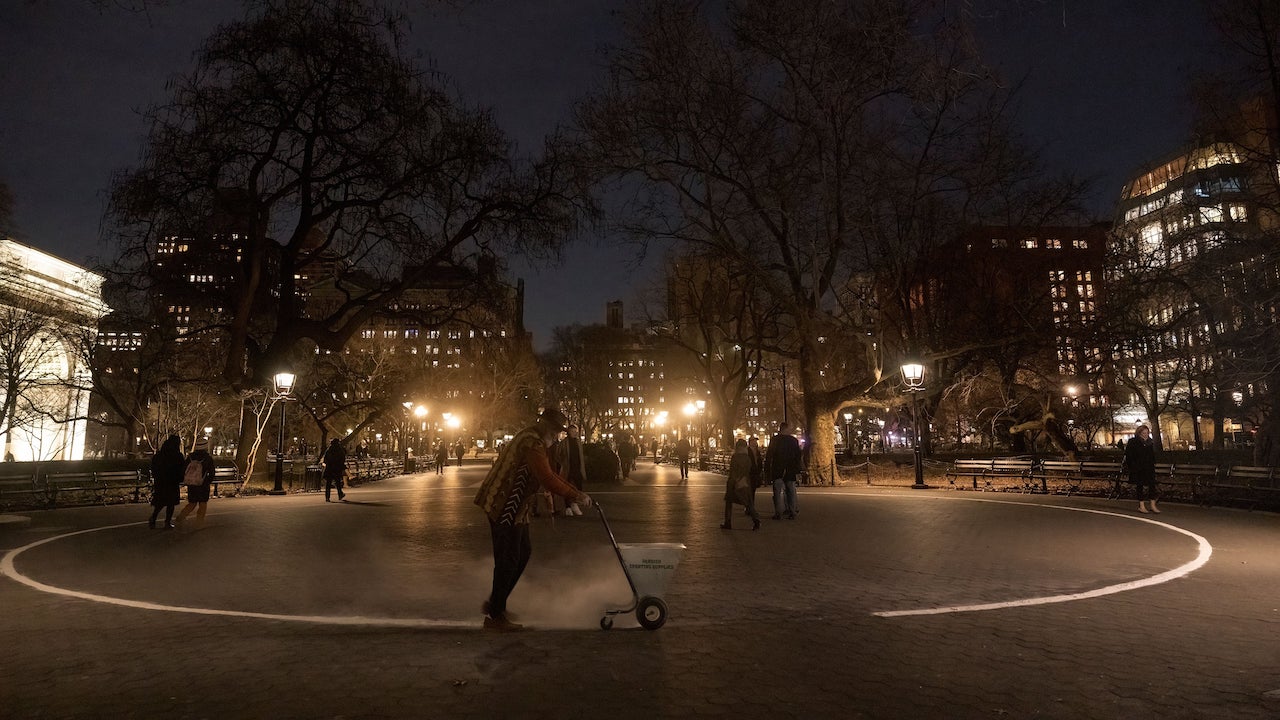
Before the first episode’s over, Soderbergh et al have revealed how the kidnapping’s been botched, and introduced the dramatic rings (yep, I’m still running with the circles thing…) he’ll move through across the show’s six episode arc. I found the married couple played by Claire Danes and Timothy Olyphant, and the crime boss played by CCH Pounder, to be particularly engaging, the former with their secrets and complicated pasts gradually coming into view, and the latter her strange mystical outlook. This tinges a very streetside drama with a hint of some other, unattainable rationale or worldview: something defying—or at least starkly contrasting—the known rules of the universe.
When a film or show’s central setting is especially vivid—the kitchen in The Bear, for instance, to use a recent example—critics sometimes describe the location as being “like a character.” Sometimes the same thing is said about a production’s style. But what about a…shape? Could a shape be like a character? That’s what I came out of Soderbergh’s new series asking myself. No prizes for guessing which shape I’m talking about.


